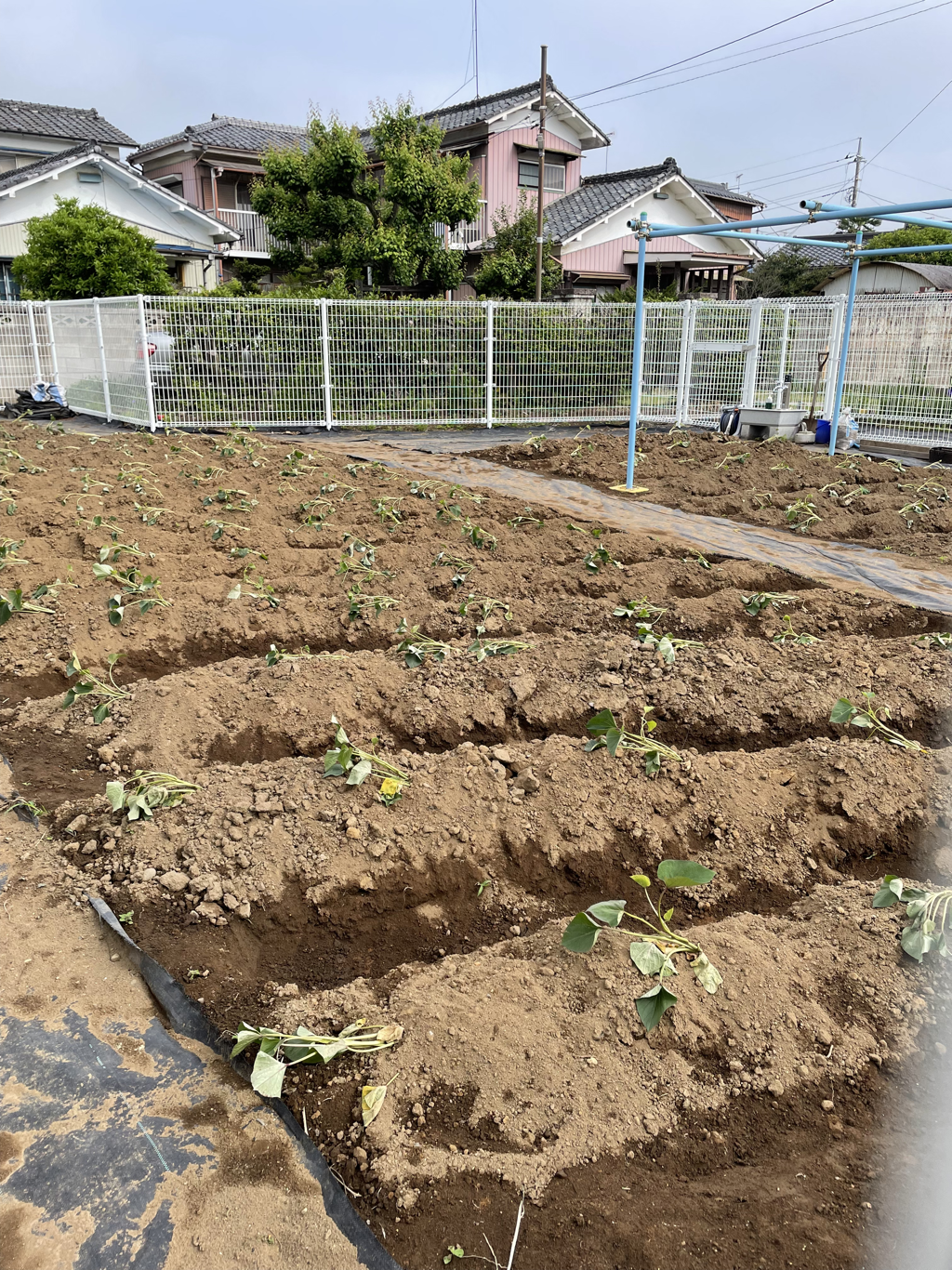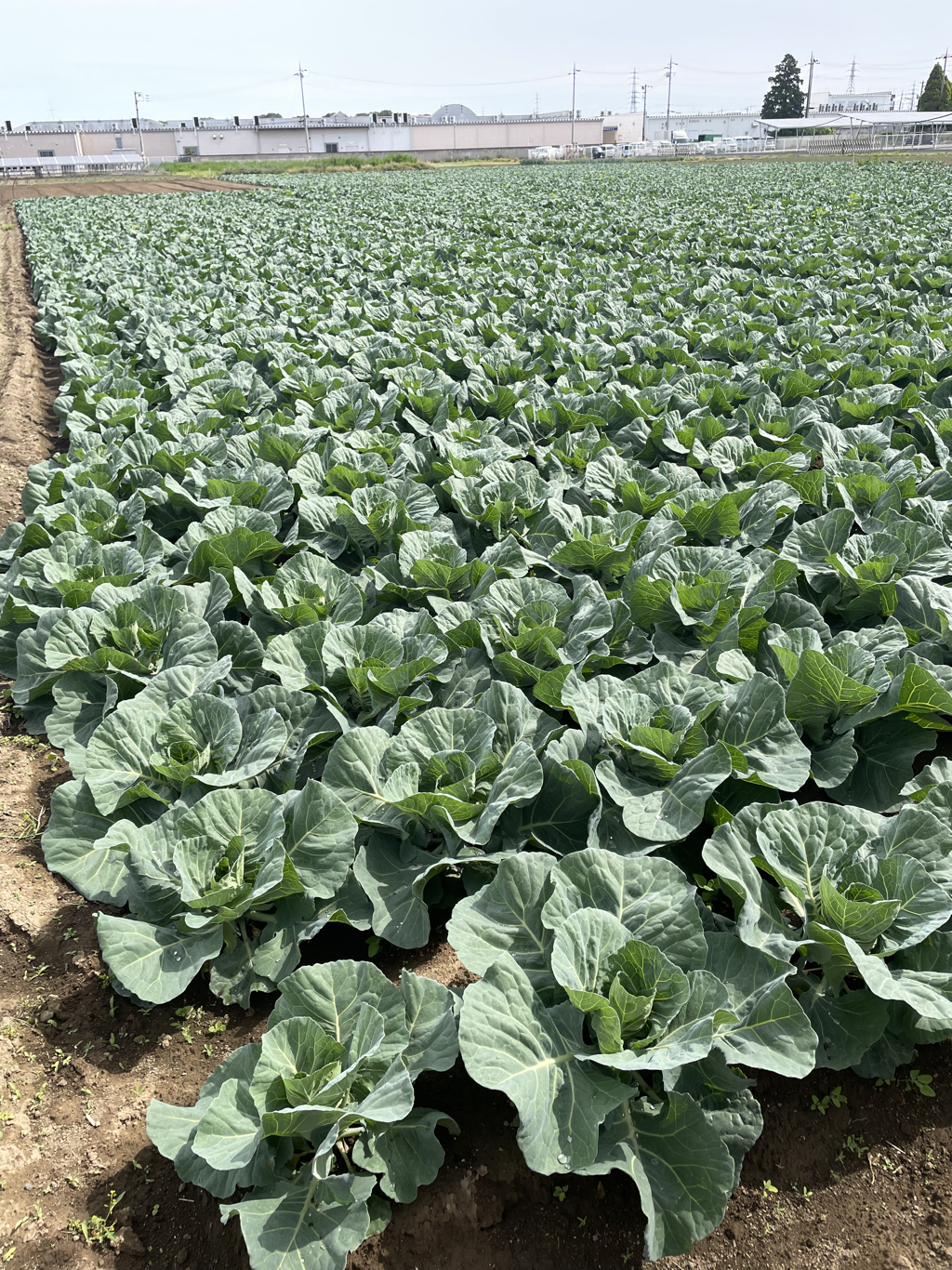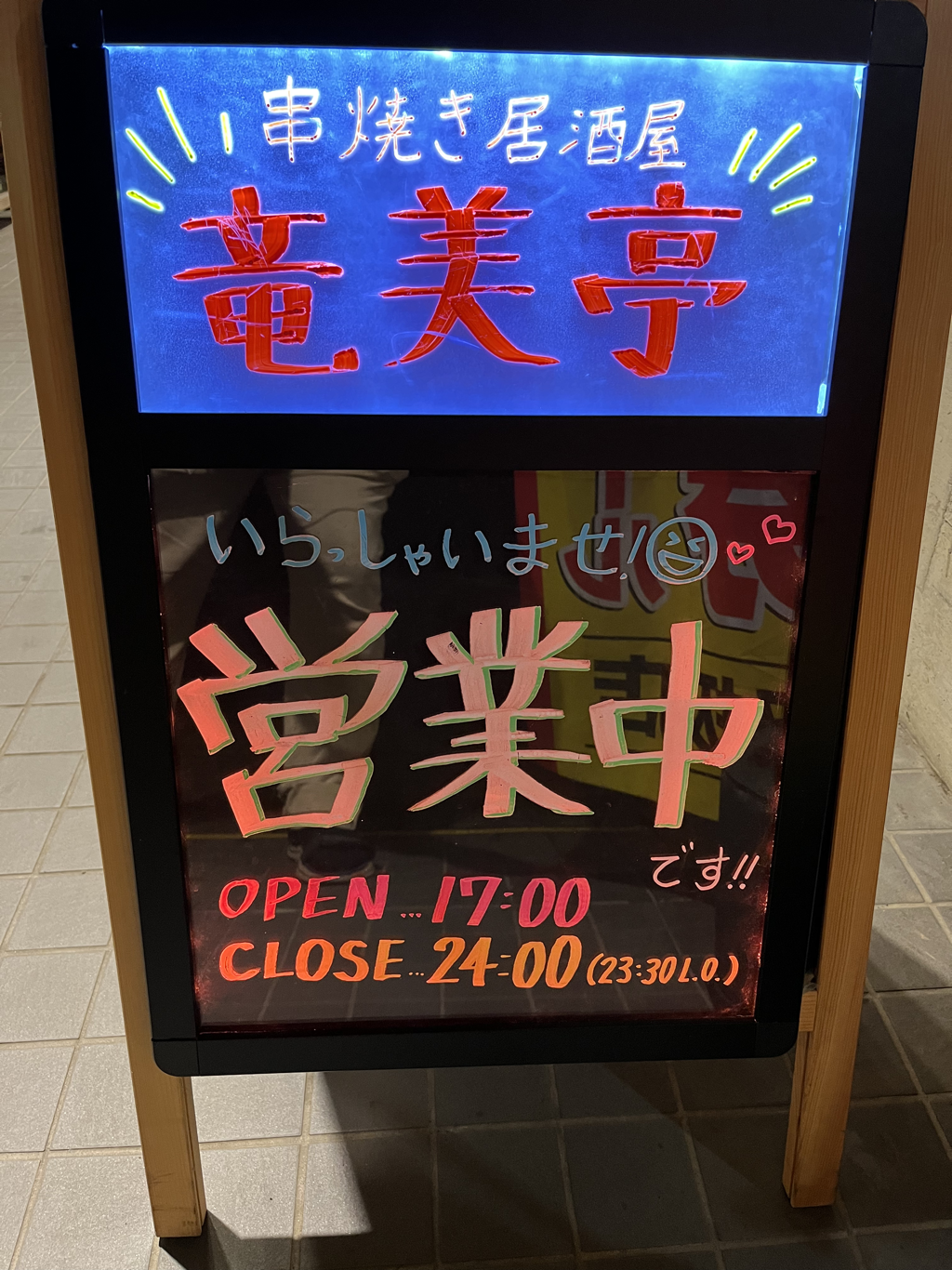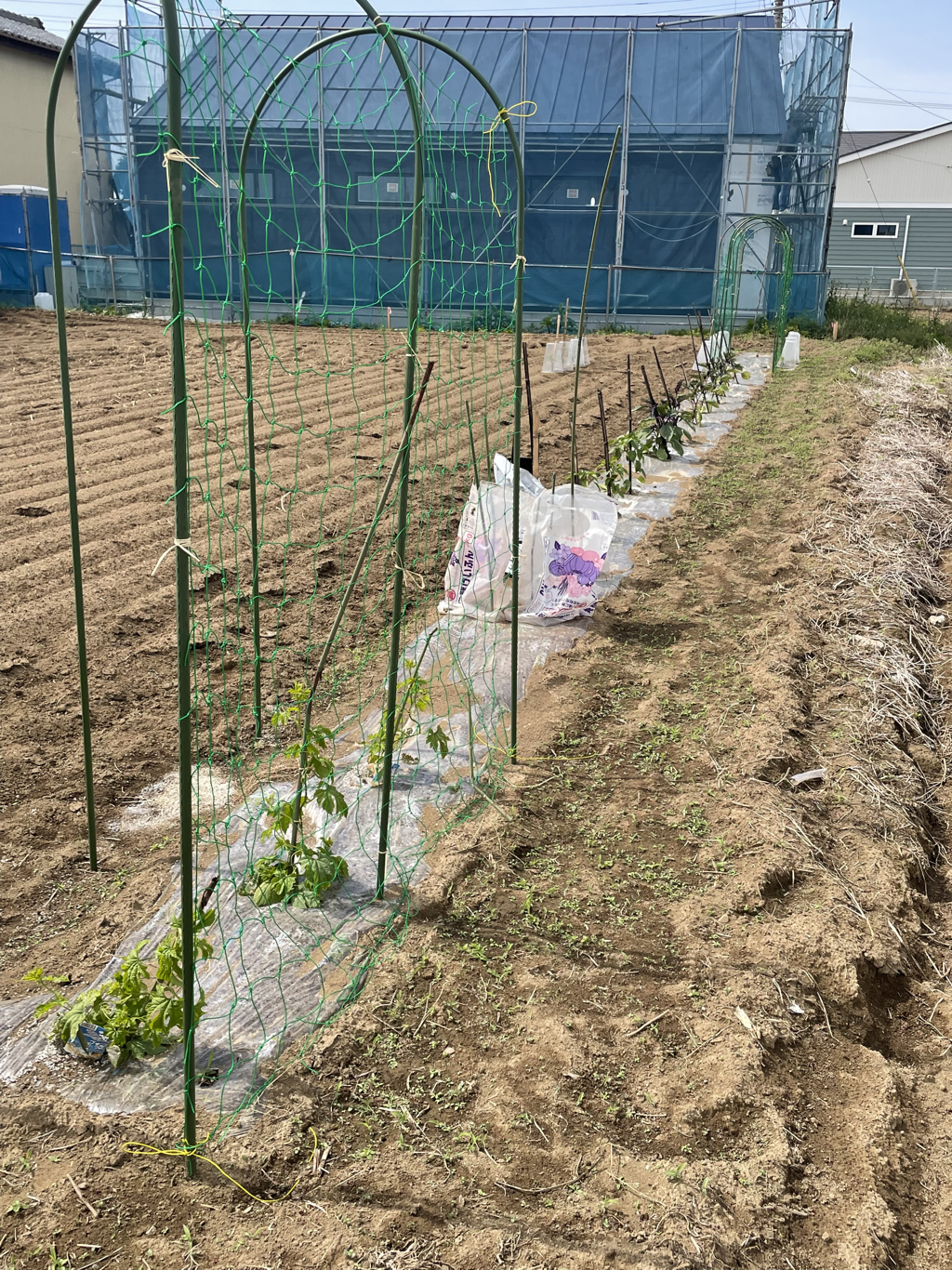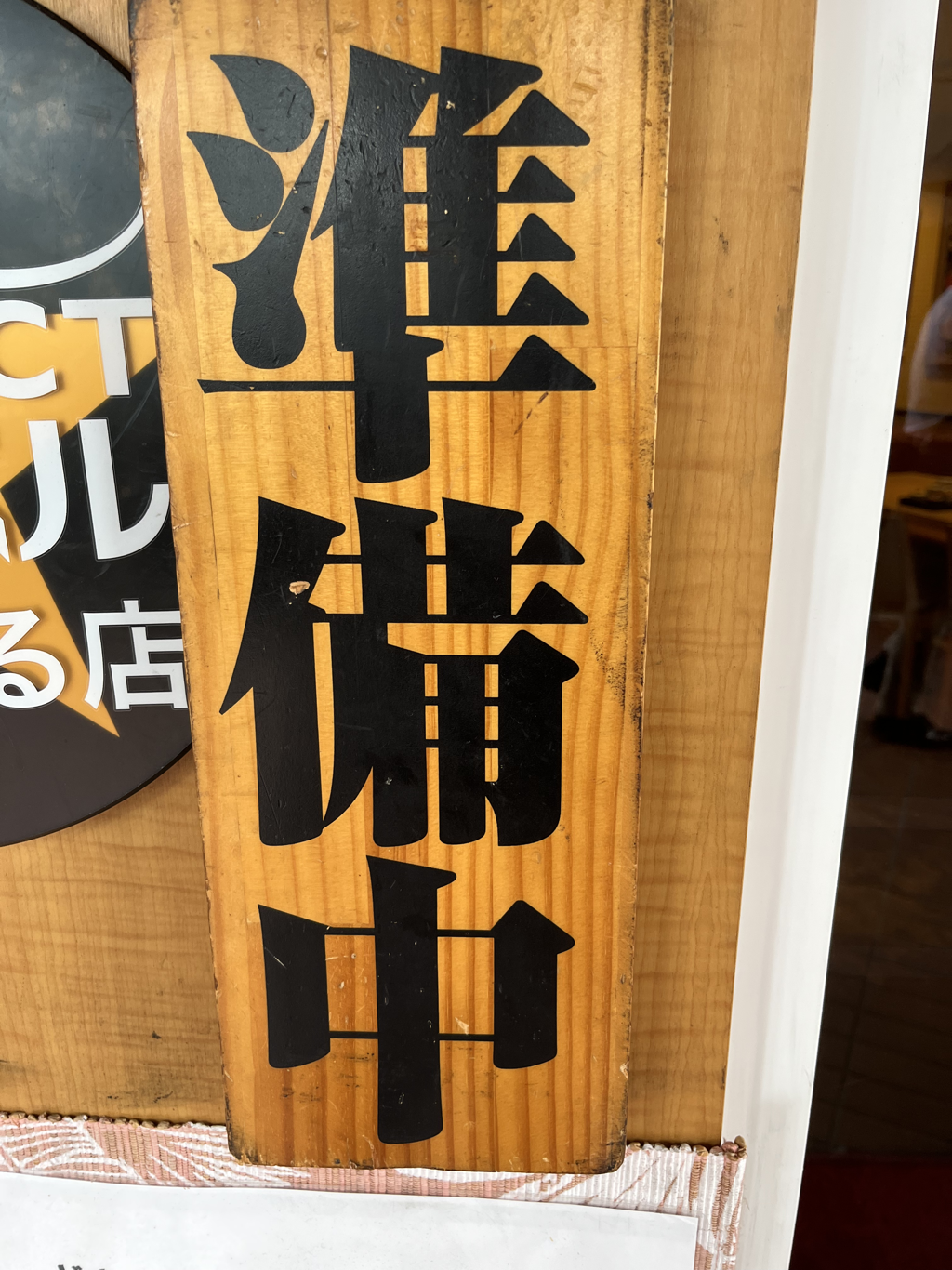May 11, 2022: Vegetable fields close to Tokyo
You do not have to ride many station away from the big urban centers of Ueno, Ikebukuro or Shinjuku before the cityscape starts breaking up with vegetable patches, soon expanding to open fields of endless rows of cabbage, carrots, and daikon. Vegetables are as important in the Japanese cuisine as rice, and every meal will contain at least pickles, if not a salad or vegetable dish.
Some types of vegetables are more popular than others, and while you can find common European vegetables like carrots and spinach in any grocery store, less common vegetables like rutabaga or parsnips are very rare; common vegetables like cabbage, daikon or turnips flood the aisles when in season, together with tomatoes and potatoes.
In peoples gardens and in the huge fields featuring a single vegetable, which will quickly be replanted as soon as the current crop is finished. Japanese farmers try to maximize the use of their fields. The truck gardens outside peoples homes often show that they are home to a former farmer, who can’t quite let go of his old profession. Or the membership in Japan Agriculture, the association managing the distribution of produce all over Japan.
There are always a couple of shelves with seasonable or heritage vegetables in any supermarket, but the vegetable department is dominated by a few sturdy types of vegetables available almost throughout the year, not because they are stored over winter, but because they are grown in plastic hot houses, extending the already long growing season.
The plastic hothouses are not standing all year, they are put up in fall to extend the autumn growing season. Winter does not really start until end of December even in Tohoku, the northernmost part of Japans biggest Honshu island. Extending the growing season becomes an interesting proposition, but in spring after the fields have been prepared, the pre-cultivated plants are quickly planted and as soon as the risk of frost is over, they start growing, often with an individual plastic hothouse to keep the heat in and the insects out.
Farmers usually deliver their harvests to the local office of the Japan Agriculture collective. Bur some vegetables are delivered directly to restaurants, often the same day they are harvested. Such “vegetables of the day” (kyouyasai, or 今日野菜) are highly appreciated by chefs and diners both. They often put their harvest on the menu.
Farmers usually deliver their harvests to the local office of the Japan Agriculture collective. Bur some vegetables are delivered directly to restaurants, often the same day they are harvested. Such “vegetables of the day” (kyouyasai, or 今日野菜) are highly appreciated by chefs and diners both. They often put their harvest on the menu.
As soon as the harvest is ready, the much beloved sweet potato, usually served stone-baked. You can also find frozen baked sweet potatoes (in my grocery store, the freezer is next to the baking oven). Frozen baked sweet potatoes are tastier than ice cream, by the way, and completely different from when they were hot. Worth a try when you visit.
Japanese vegetables are grown no differently from the same vegetables in other countries. But they are grown like they were in a garden, not a field, with each vegetable plant lovingly taken care of. And that is not the only personal touch given vegetables in Japan. Often the vegetables in the supermarket have a little sign next to them with a portrait and the name of the grower. In areas on the outskirts of the big cities, chances are that you might actually meet these people if you go for a walk among the fields. It will not take you long to get there and if it is spring, chances are that you will enjoy the birdsong on the way.
